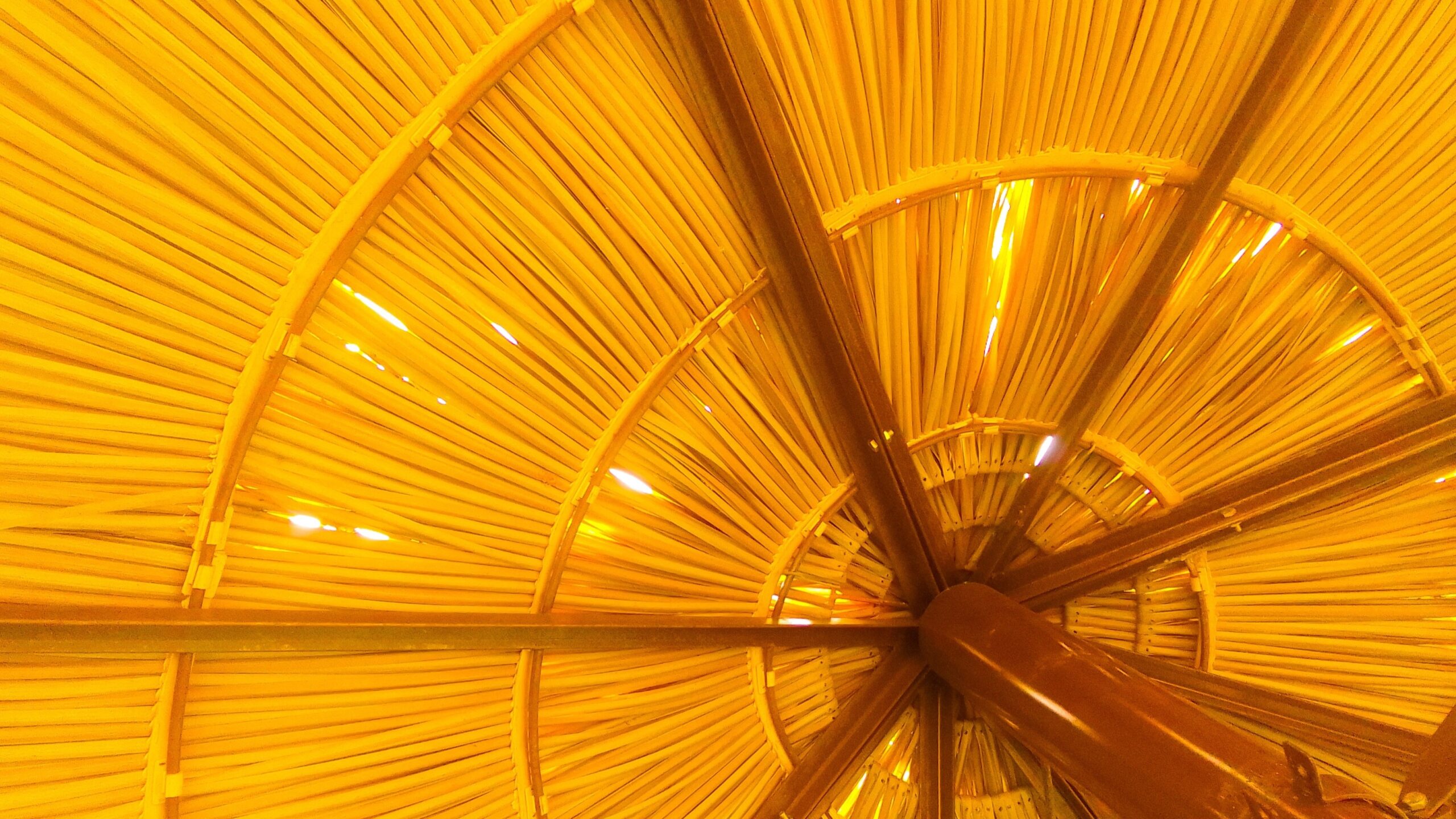01/11/2024
The local division of Mannheim recently issued a decision (UPC CFI 471/2023 Dish Technologies LLC and Sling TV LLC vs Aylo Premium Ltd et al) on a request for evidence pursuant to Art. 49 UPCA, R. 190 RoP concerning the disclosure of the source code of a computer program alleged to infringe a European patent (EP2479680B1).
Case history
Patent EP 2 479 680 B1, owned by the plaintiffs (Dish Technologies LLC and Sling TV LLC) and granted 2019, relates to the presentation of rate-adaptive video streams.
In the underlying UPC main proceedings, the plaintiffs are suing the defendants (Aylo Premium Ltd et al) for alleged contributory patent infringement in respect of the territories of the Kingdom of Denmark, the Federal Republic of Germany, the Republic of Finland, the French Republic, the Italian Republic, the Kingdom of the Netherlands, the Republic of Austria, the Portuguese Republic and the Kingdom of Sweden. The defendants have filed counter revocation actions.
Legal background
In patent infringement litigation, the plaintiff must be able to substantiate the infringement and, in the event of dispute, must also be able to prove it. Particularly in the field of computer-implemented inventions, this can cause considerable problems for the plaintiff, as the actual form of the infringing invention is difficult for the plaintiff to access. Consequently, there is a conflict of interest between facilitating the presentation of evidence for the plaintiff and the acceptability of disclosing confidential information on the part of the defendant.
The UPC decision at hand:
When addressing this conflict of interest, the local division of Mannheim laid down the following criteria: The disclosure or production of evidence must be necessary to substantiate the infringement of the patent and the disclosure or production of evidence is subject to a proportionality test assessing all circumstances of the specific case.
The court further ruled that the order to produce evidence presupposes that a fact is relevant for the substantiation of claims and requires proof. To this end, the applicant must set out in detail in the application which specific fact he wishes to prove by which means of evidence and for what reason. No evidence is required for a fact that is not effectively disputed (see R. 171.2 RoP). If the fact is not relevant to the claims being pursued, ordering the submission of evidence is generally at least disproportionate.
The decision is also aligned with the German approach (German Federal Court of Justice, 30.09.2003, X ZR 114/00, “Blasenfreie Gummibahn II”) in respect of the acceptability of the disclosure of facts and the need. This is not surprising as both the German law and the UPC are in line with and ultimately based on the EU Enforcement Directive.
The local division of Mannheim found that the plaintiffs have not exhausted all available, reasonable evidence and therefore the requested production orders could not be granted.
Conclusion
The present decision shows that the plaintiff is faced with the dilemma of providing a conclusive and complete reasoning of the infringement on the one hand, and leaving gaps on the other, so that an order for inspection and disclosure of the source code appears necessary. Given the importance of source code discovery in patent litigation, one possible strategy for the plaintiff would be to assert additional claims requiring inspection of the infringer’s source code, in order to make it more likely that the court will find suitable basis for granting the request.
This content is for general information only. Its content is not a statement of the law on any subject and does not constitute advice. Please contact Reddie & Grose LLP for advice before taking any action in reliance on it.


